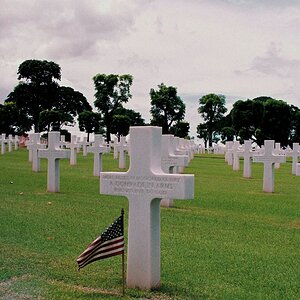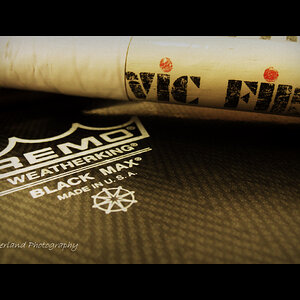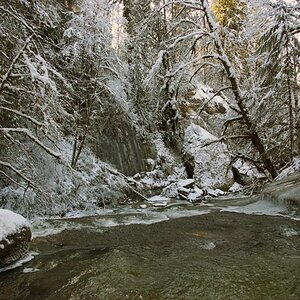- Joined
- Mar 8, 2011
- Messages
- 25,160
- Reaction score
- 9,010
- Location
- Iowa
- Website
- pixels.com
- Can others edit my Photos
- Photos NOT OK to edit
Well, the set is complete! I found my dad's old rangefinder a few years back and added it to my 'collection' of cameras.
Last year, I began to wonder what kind of camera my grandfather used. I knew it was most likely some sort of consumer-grade Kodak, but I couldn't nail down exactly which model. About a month ago, I asked my dad what kind of camera his dad used. All he could remember was it was a Kodak. Two of his bothers only remembered 'he had a camera'.
An aunt described it as "being so tall, with a 'draw-bridge' that came down and the lens rolled out onto it." Hmmm. I was no closer to my answer.
Then I talked to the oldest of the five. He said, "Well, I don't remember off-hand, but if you give me some time, I can tell you exactly what it was." Turns out, he had it tucked away. After a few phone calls and his sending me some cell-phone shots of it, I knew exactly which camera my grandfather used. My uncle was unwilling to part with it, despite it being unusable (bellows coating was missing, and the shutter didn't fire). But with the exact model number in hand, I went shopping on ebay. Last week, I found a working copy of that exact same camera.... A Kodak 3A Folding Pocket Camera Model C. Note... it's not the Autographic version.
It arrived today. So, here........ in all their splendor.......... is three generations of cameras.

The Kodak 3A (ca. 1903-1915), my dads' Tenax Automatic (ca. 1960) and my Nikon D600.
And yes........ I'm going to convert the Kodak to accept 120 film! Stay tuned!
Last year, I began to wonder what kind of camera my grandfather used. I knew it was most likely some sort of consumer-grade Kodak, but I couldn't nail down exactly which model. About a month ago, I asked my dad what kind of camera his dad used. All he could remember was it was a Kodak. Two of his bothers only remembered 'he had a camera'.
An aunt described it as "being so tall, with a 'draw-bridge' that came down and the lens rolled out onto it." Hmmm. I was no closer to my answer.
Then I talked to the oldest of the five. He said, "Well, I don't remember off-hand, but if you give me some time, I can tell you exactly what it was." Turns out, he had it tucked away. After a few phone calls and his sending me some cell-phone shots of it, I knew exactly which camera my grandfather used. My uncle was unwilling to part with it, despite it being unusable (bellows coating was missing, and the shutter didn't fire). But with the exact model number in hand, I went shopping on ebay. Last week, I found a working copy of that exact same camera.... A Kodak 3A Folding Pocket Camera Model C. Note... it's not the Autographic version.
It arrived today. So, here........ in all their splendor.......... is three generations of cameras.

The Kodak 3A (ca. 1903-1915), my dads' Tenax Automatic (ca. 1960) and my Nikon D600.
And yes........ I'm going to convert the Kodak to accept 120 film! Stay tuned!








![[No title]](/data/xfmg/thumbnail/30/30872-cd51e29bb57fff318ae9841cb002aa5b.jpg?1619734489)

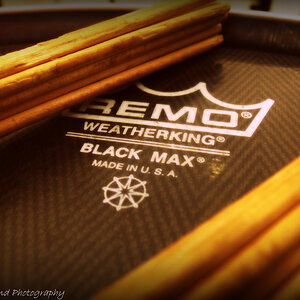

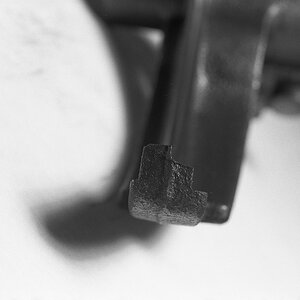


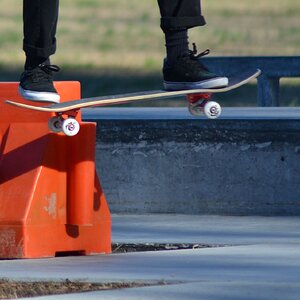
![[No title]](/data/xfmg/thumbnail/30/30869-817b4d4e7585860fab4b08558512787a.jpg?1619734487)
